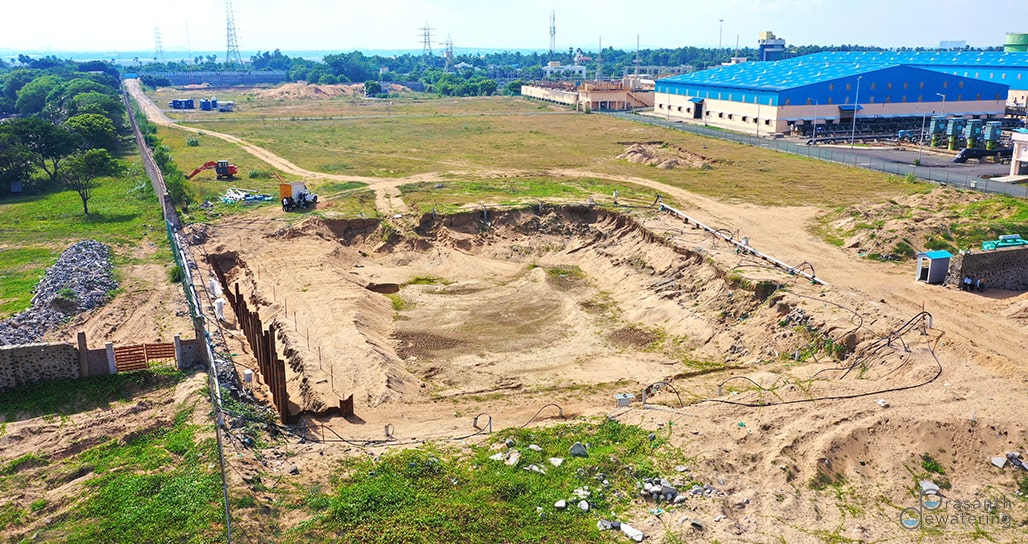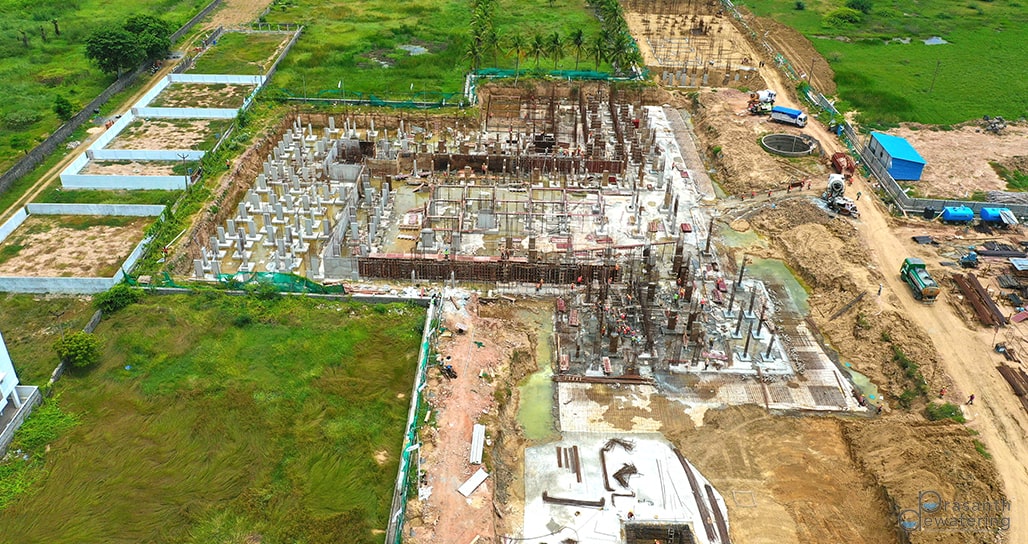Dewatering Techniques for Construction
Dewatering Technique For Construction
Construction Dewatering
Dewatering is the process of removing groundwater from a particular location. The dewatering process ensures the soil is dry and ready for excavation. Pumping removes excess water from the ground, which will help firm up the soil. Dewatering prevents soil erosion.
Why Dewatering Necessary?
The presence of undesired water in a construction site can lead to three-factor
- Risks
- Cost
- Project Delay
We should use the appropriate technique to control, manage and remove water. It will become even more important for complete dewatering. It varies from location to location.
Why we are using the dewatering technique for the Construction site?
- To protect concrete
- To prevent soil erosion
- To overcome the effect of water


Methods of Dewatering on Construction
The safe removal of excess water by dewatering can prevent hazards like soil erosion. Its is a unique techniques such as
- well points system
- deep wells dewatering
- surface dewatering
- bypass
- flood control, etc
Please read the Efficient Dewatering System for more detail.
What is a Dewatering Pump and Its Uses ?
A dewatering pump removes water from a particular location and transports it to another. Dewatering pumps have many uses in various industries like construction sites & mills etc.
How it Works
A dewatering pump works like any other pump. Like a centrifugal pump, a dewatering pump utilizes a bladed impeller to begin and maintain the water’s movement. Liquid enters a smaller portion of the impeller, known as the impeller eye. From there, water flow is collected and directed to a cone-shaped discharge nozzle, otherwise known as a diffuser. During this process, the water’s velocity is reduced, and the water flow’s energy converted to pressure energy. Water is then disposed of for efficiency.In Dewatering process, an electric motor is most commonly used, although some pumps use in different motors.
Different types of Dewatering pumps
- Sludge Pump: A sludge pump is a type of centrifugal pump designed to move liquids containing solid particles, also known as sludges. Sludge pumps are typically used in wastewater treatment plants and facilities and can handle thick liquids with high solids content.
- Drained Centerline Pump: Submersible drainage center-line pumps are ideal for pumping water and dirty water mixed with light abrasives. The slim design makes them easy to move and easy to handle, and they are perfect for applications with limited installation space.
- Drainage Pump: Draining pumpwere installed to move waste water from a range of domestic and industrial sites, including private housing, farmland, and construction sites. They deal in underground dewatering, usually when gravity can’t be applied to move the water.
Hereby we introduce the non-submersible and submersible drainage pumps.
Submersible
The submersible pump is “an enclosed unit with a close coupled pump and motor, due to its construction, the pumps are suitable for submersible installations – designed to be partially or completely immersed in water.
Non-Submersible
A non-submersible drainage pump is not placed directly in water; instead, it uses suction hoses and permanent pipework to transport the waste water from the unwanted location. This type of drainage pump is often used when pumping waste water from ponds, and other mobile drainage requirements.
Key things should keep in mind
- Soil Conditions
- Choice Appropriate Dewatering Equipment/ Dewatering Methods
- Seasonal Care
- Health & Safety
- Environment care
Applications for Complete dewatering in construction
- Drainage
- Excavation
- Flood control
- Tunneling
- Building construction.
- Dam
- Bridges.
- Sewage



